The Bible has a rich collection of stories, but many people only stop at enjoying the sensational parts of them. To foster a better understanding of God’s message, here are 21 biblical stories and the hidden lessons behind them.
Story of Adam and Eve
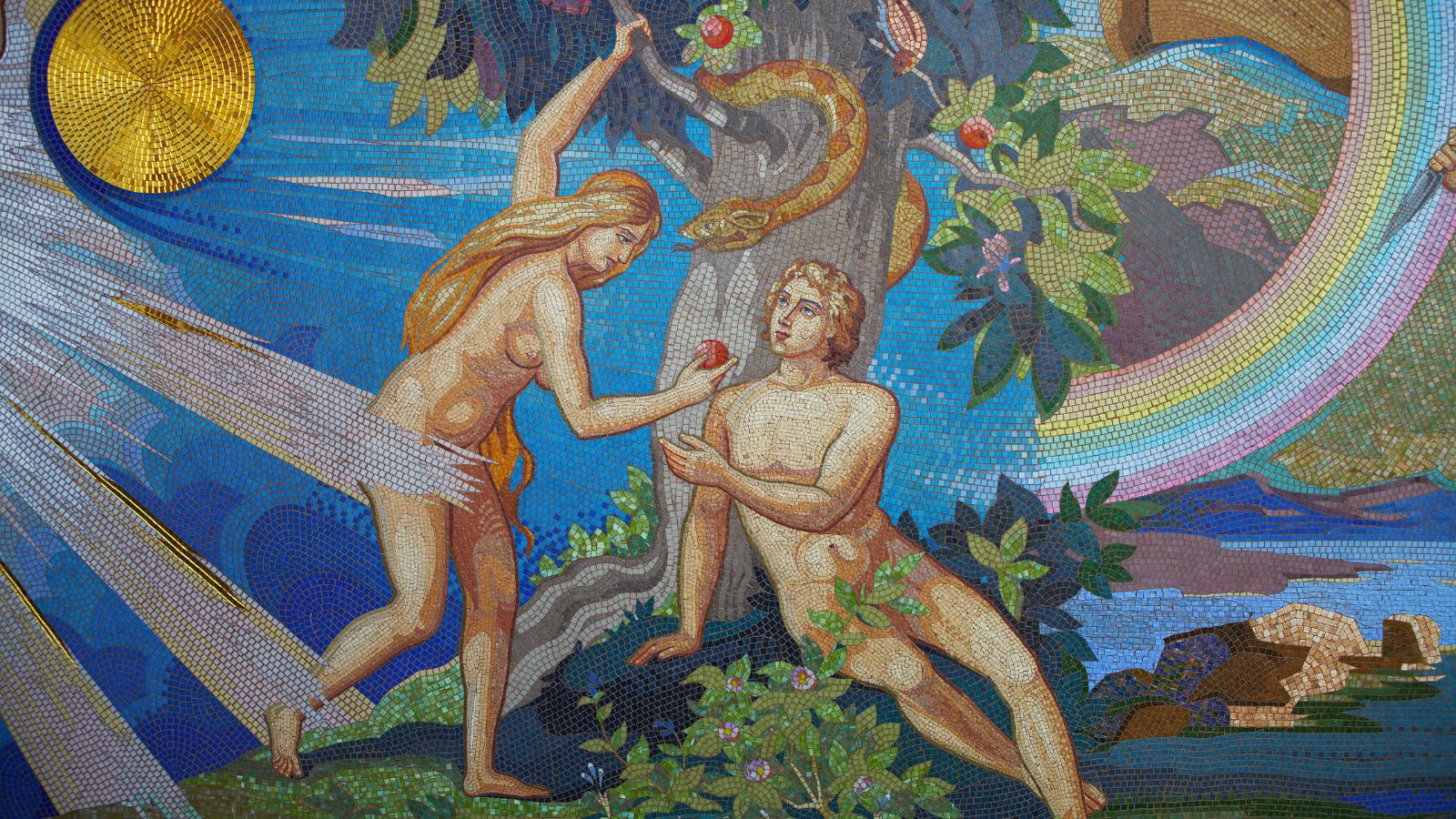
Adam and Eve’s escapades in the Garden of Eden go beyond just revealing man’s first sin. As read from Bible.org, it also symbolizes the journey from innocence to awareness and showcases God’s graceful nature in clothing man and offering a path to salvation. There’s a great lesson on the complexities of human nature here, too.
Noah’s Ark

Yes, the flood in Genesis 6 was sent as punishment for transgression against the messages Noah took to his people. But it also represents the theme of rebirth after destruction. The ark is a symbol of faith and salvation, and Wisdom Begun shares how it highlights the importance of putting trust in God’s words.
Binding of Isaac

Separate from Abraham’s test of obedience, the near-sacrifice of Isaac was a lesson on surrendering our earthly desires, no matter how much we love them, as a sign of trust in God. It shows how our commitment to God’s plan allows us to gain something better in our lives and for generations to come after.
Tower of Babel
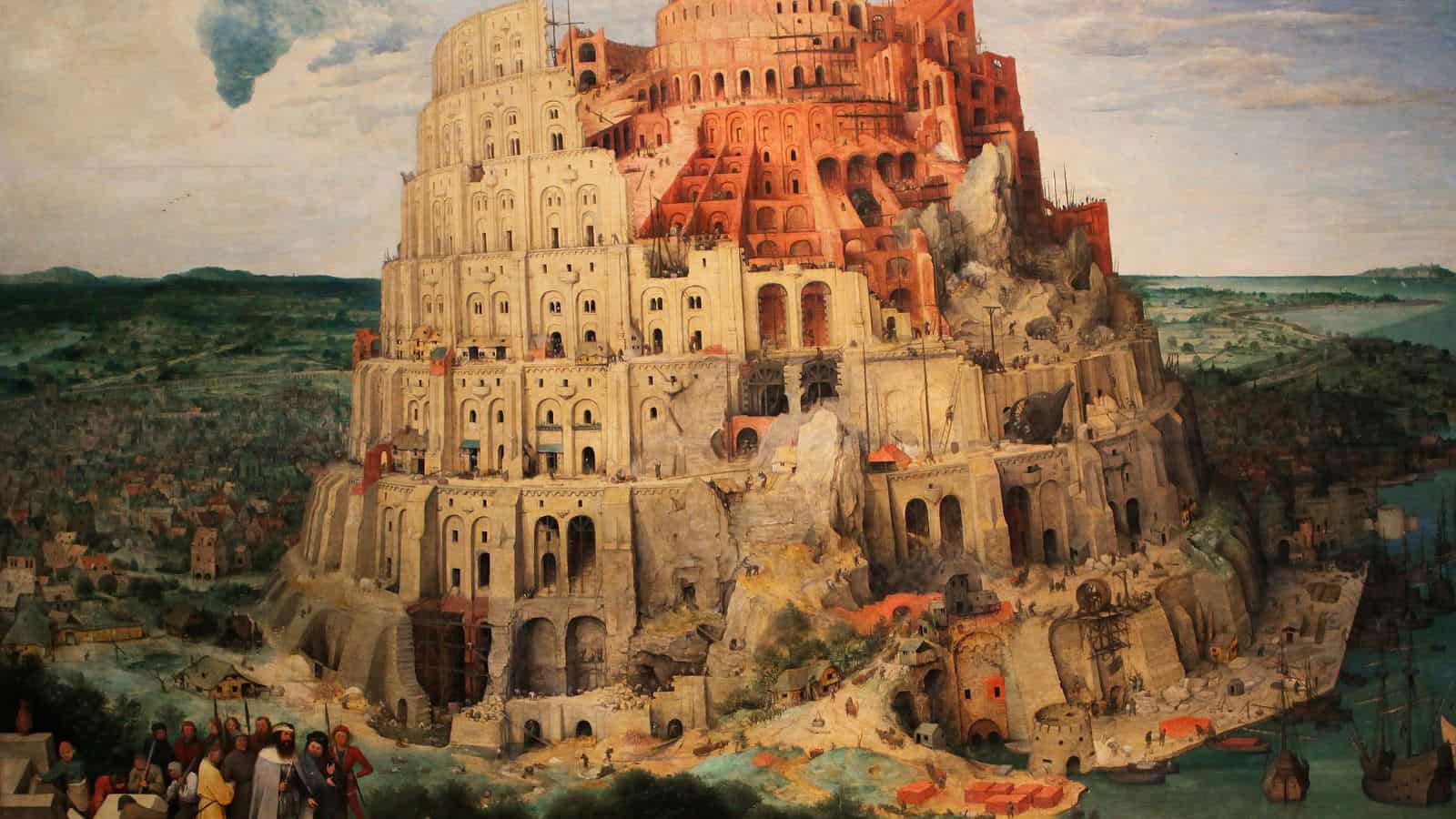
The Tower of Babel story, in Genesis 11:1–9, illustrates more than human ambition; it highlights the dangers of pride and disunity. The confusion of languages signifies the consequences of trying to reach divine status through human effort, emphasizing the need for humility and cooperation.
Joseph’s Dreams

Joseph’s dreams and his journey from slavery to leadership, narrated in Genesis 37:5–10, are layered with meanings of resilience and divine purpose. Joseph’s story shows how suffering and adversity can be part of a larger divine plan that could lead to long-awaited growth and fulfillment of destiny.
Moses and the Burning Bush

Contained in Exodus 3:1–17, Moses’s encounter with the burning bush is not only a call to leadership but also represents the presence of God in unexpected places. It teaches about divine revelation and the transformative power of listening to one’s calling, no matter how unlikely the possibilities seem.
David and Goliath
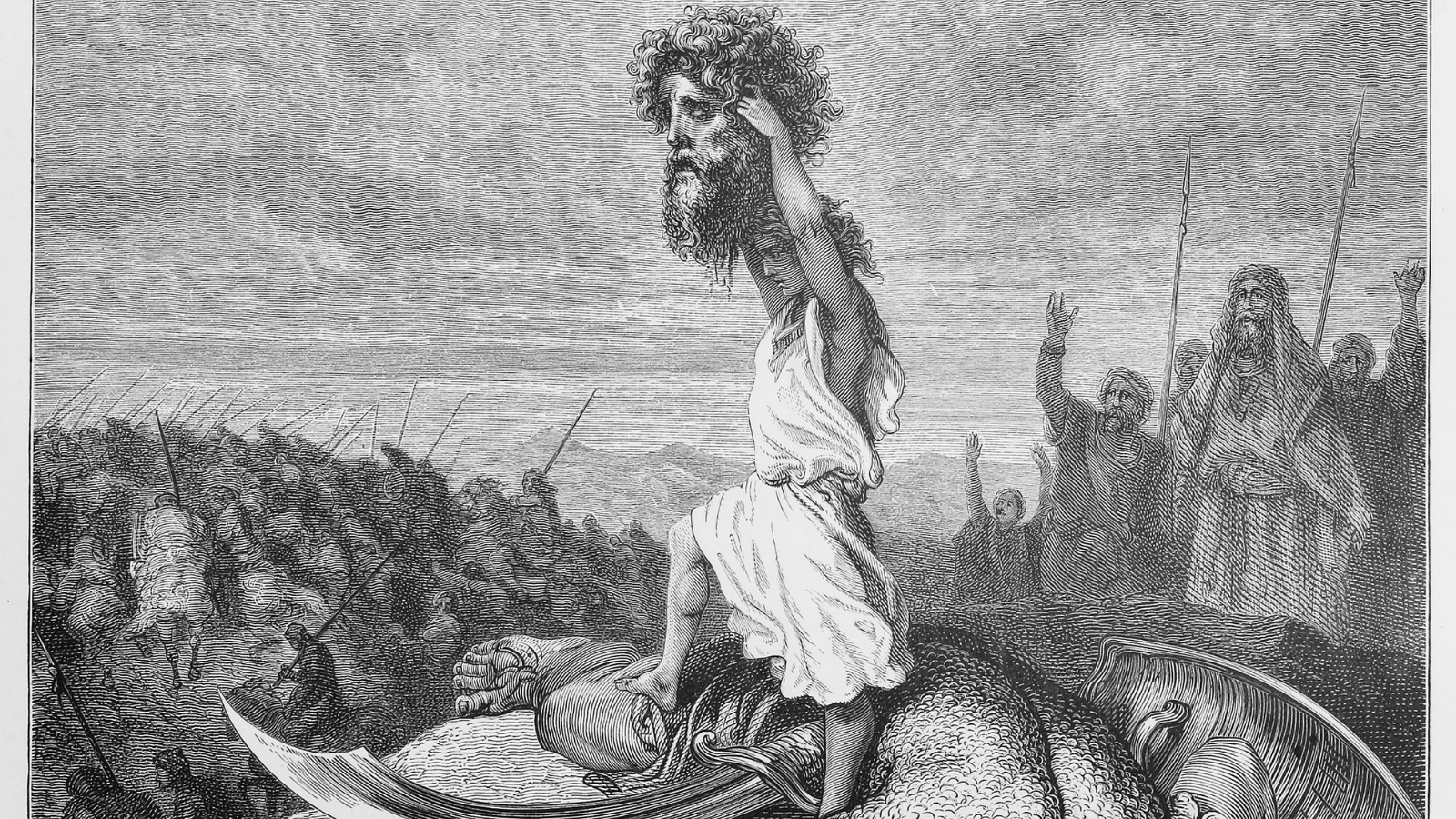
David’s triumph over Goliath, in 1 Samuel 17:1–58, is often only seen as a simple underdog victory. However, it also symbolizes faith and divine strength over brute force. This story encourages belief in one’s abilities and the power of faith to overcome the seemingly insurmountable obstacles one may face.
Jonah and the Whale

Jonah 1:1–4:11 shares the story of Jonah’s time in the belly of the whale, and reading more closely, we see that it is more than a tale of disobedience and redemption. It highlights the importance of accepting divine missions and the transformative journey of repentance and forgiveness, even after resisting one’s calling.
The Good Samaritan
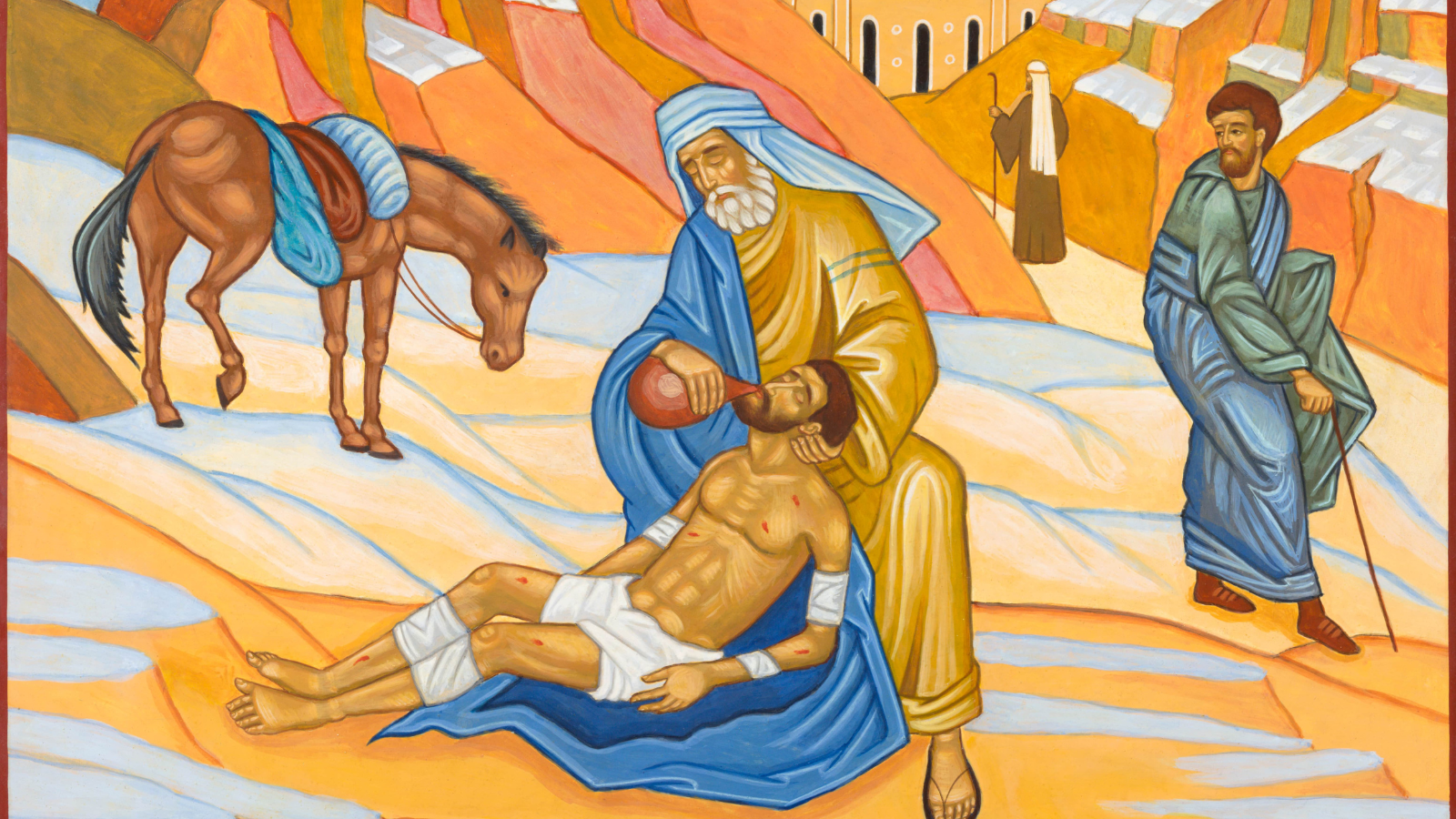
The parable of the Good Samaritan shared in Luke 10:25–37 goes beyond teaching the importance of helping others. It challenges social prejudices and highlights why compassion and mercy across social and ethnic boundaries should be a virtue everyone holds dear. We learn that true neighborliness transcends conventional barriers.
Prodigal Son
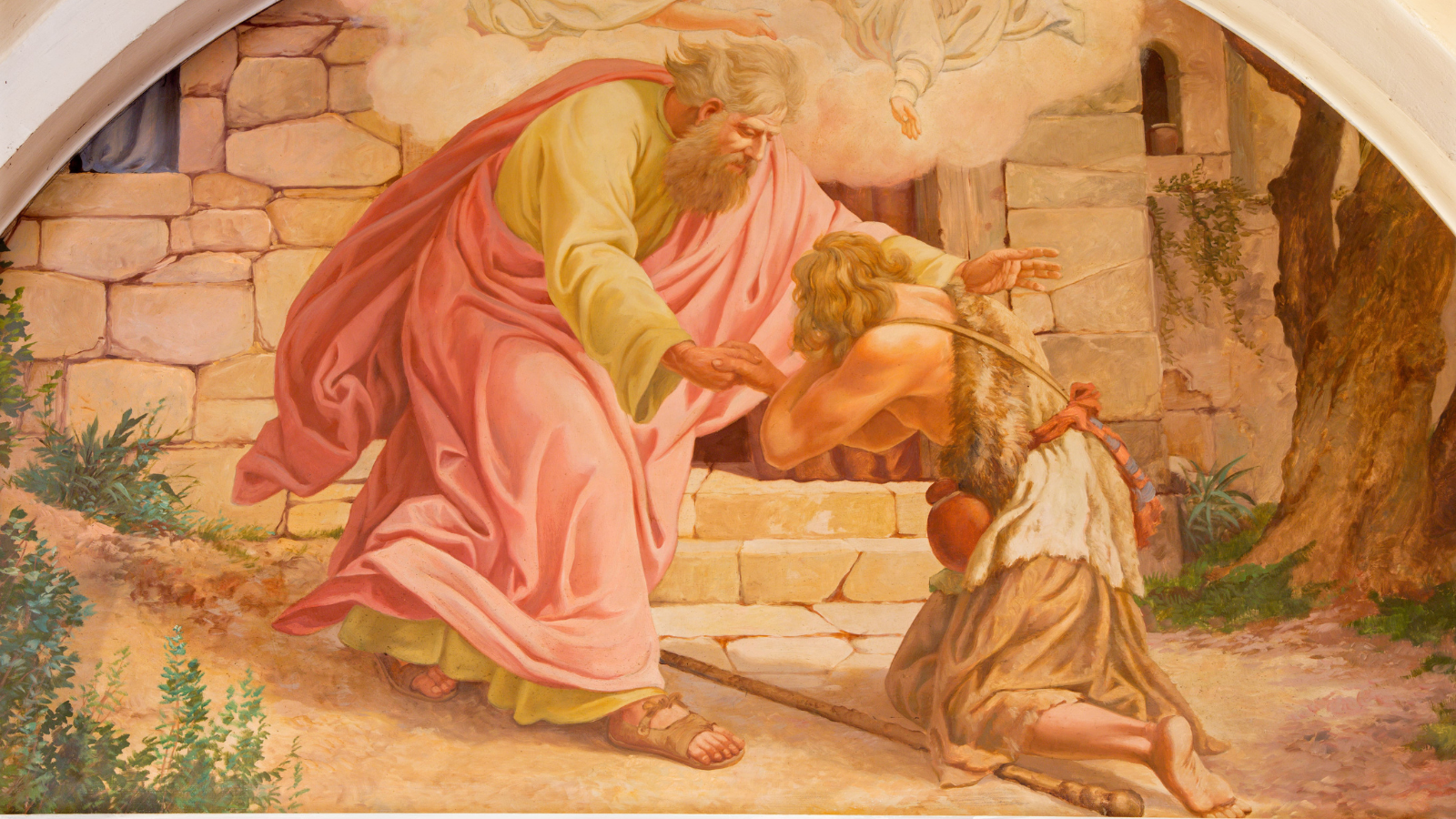
Luke 15:11–32 also describes the story of the Prodigal Son, which many only see as a lesson about forgiveness. However, you can also see it to be about the joy of reconciliation and unconditional love, as it illustrates the themes of repentance, mercy, and the boundless grace of a loving parent willing to forgive and restore.
The Rich Man and Lazarus
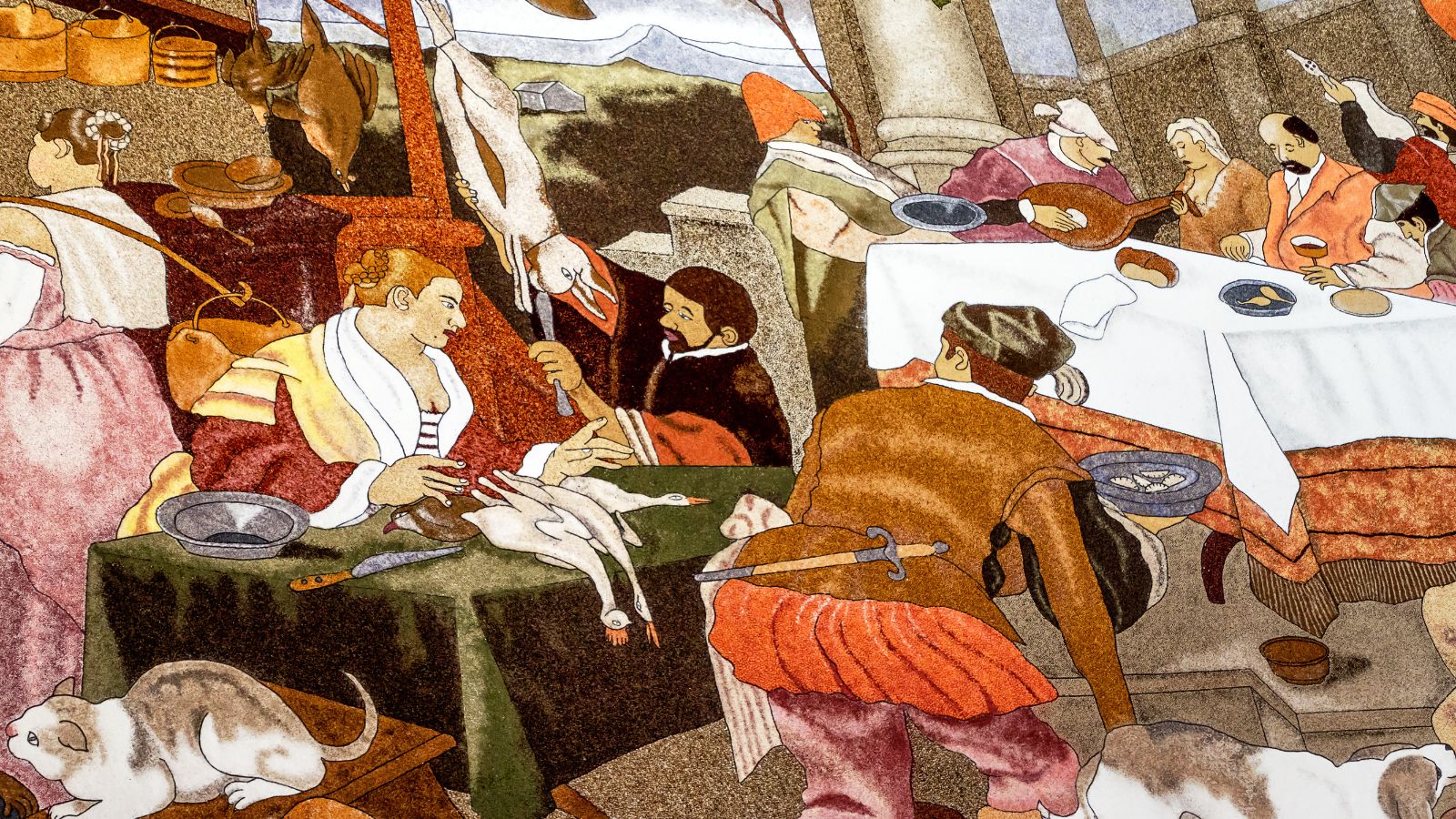
This parable contained in Luke 16:19–31 doesn’t just underscore the fate of the rich and poor; it also reveals the reversal of fortunes in the afterlife and the importance of compassion during one’s lifetime. It warns about the consequences of neglecting the needy and living a selfish life.
Parable of the Sower

The Parable of the Sower, as contained in Matthew 13:1–23 and explained by the BBC, speaks beyond agricultural imagery and the will of God to sow and water the seeds of faith in man. It additionally emphasizes the importance of cultivating a fertile, receptive mind for spiritual growth and understanding.
The Woman at the Well
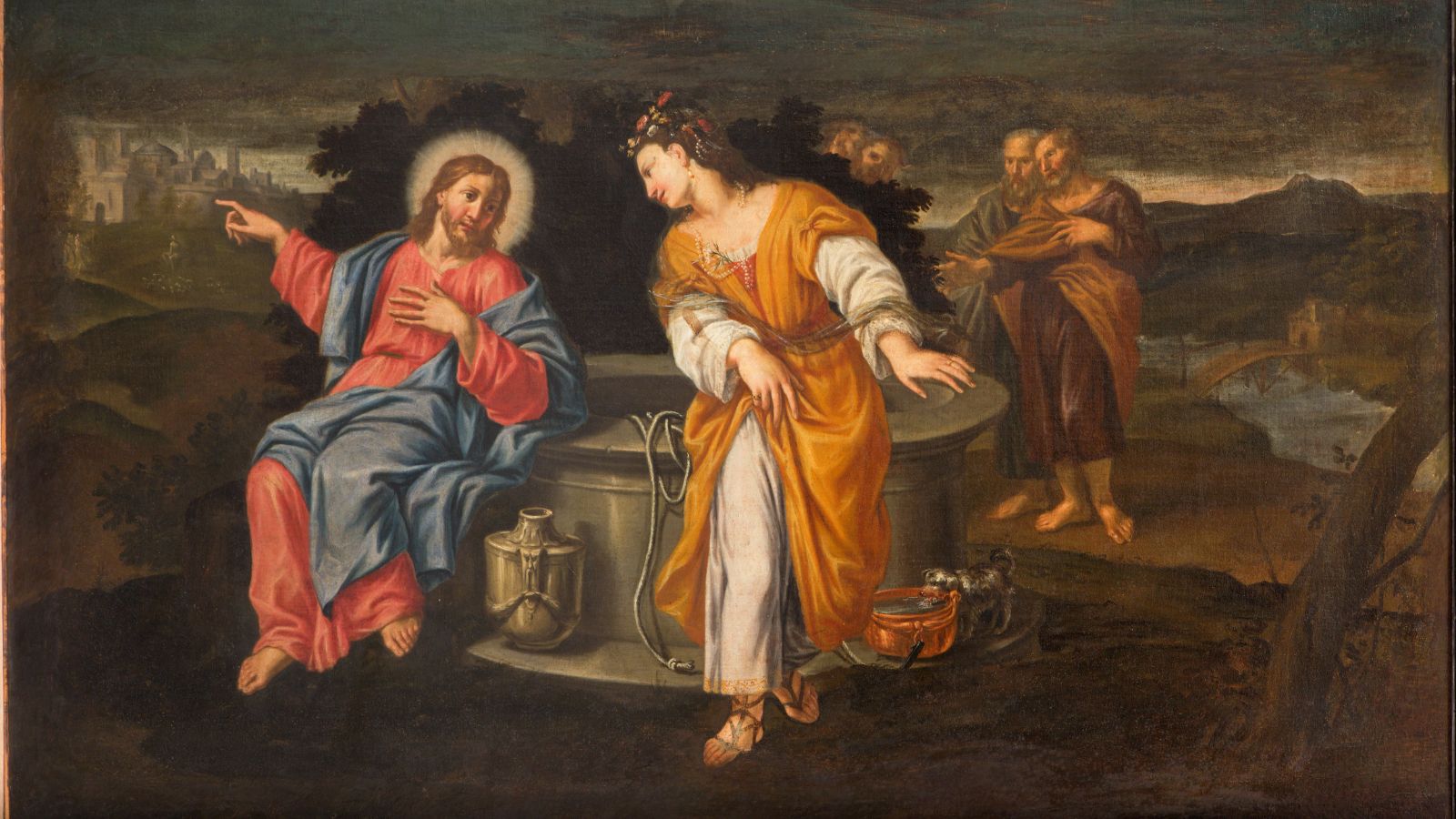
The encounter between Jesus and the Samaritan woman at the well in John 4:1–42 highlights themes of social barriers and spiritual thirst. It illustrates how true understanding and acceptance can transcend societal norms and prejudices, offering a deeper insight into divine acceptance.
Transfiguration

The Transfiguration of Jesus shared in Matthew 17:1–9 is more than a miraculous event, as it symbolizes the affirmation of Jesus’s divine nature and mission. It serves as a moment of revelation for the disciples, reinforcing their faith and understanding of Jesus’s true identity and purpose for mankind.
Raising of Lazarus
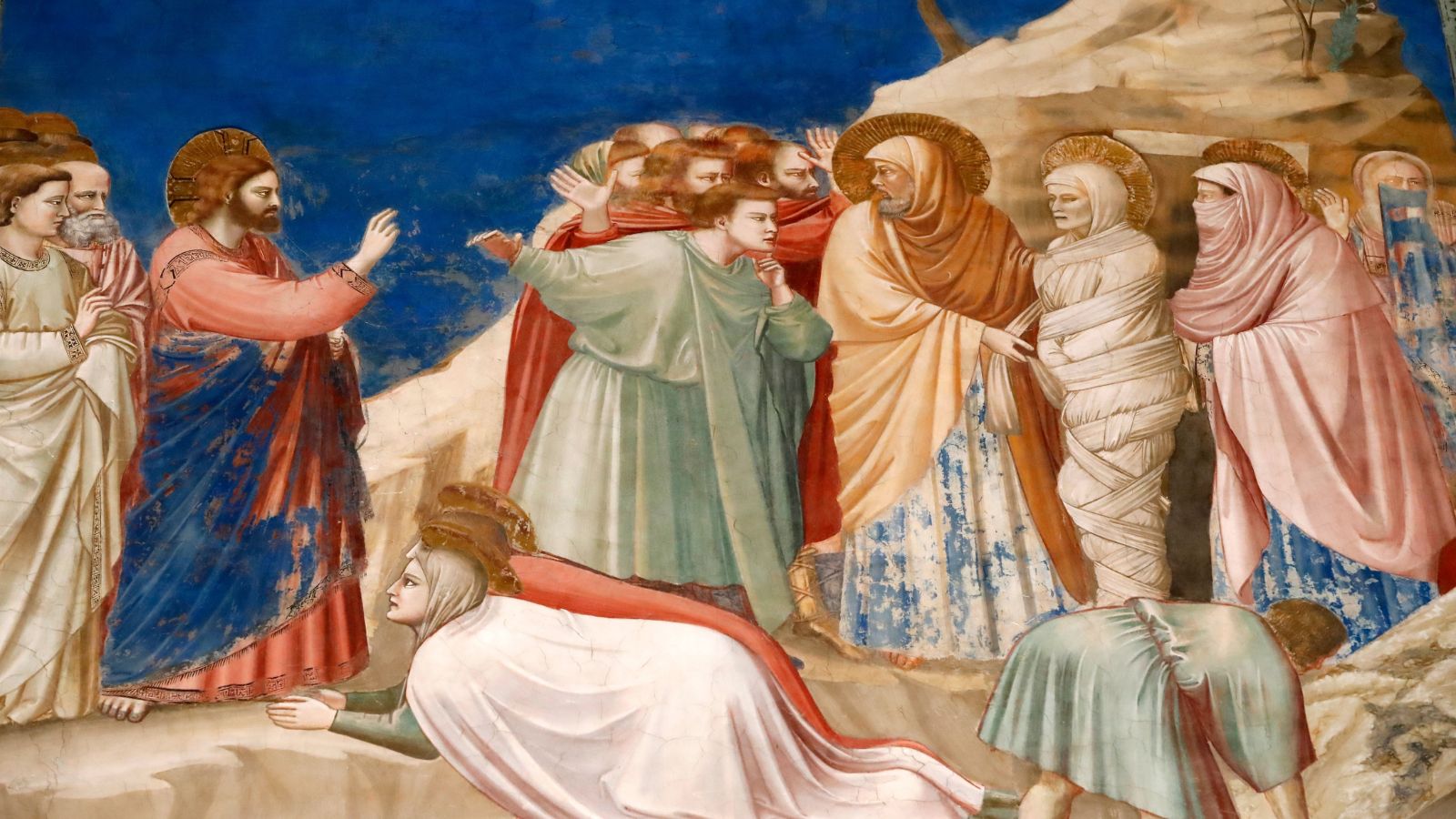
Jesus raising Lazarus from the dead, which we read in John 11:1–44, is a profound act that symbolizes hope and the power of belief. The story illustrates themes of resurrection, faith, and the promise of eternal life, and it proffers a powerful message about the potential for renewal, second chances, and transformation.
The Wedding at Cana
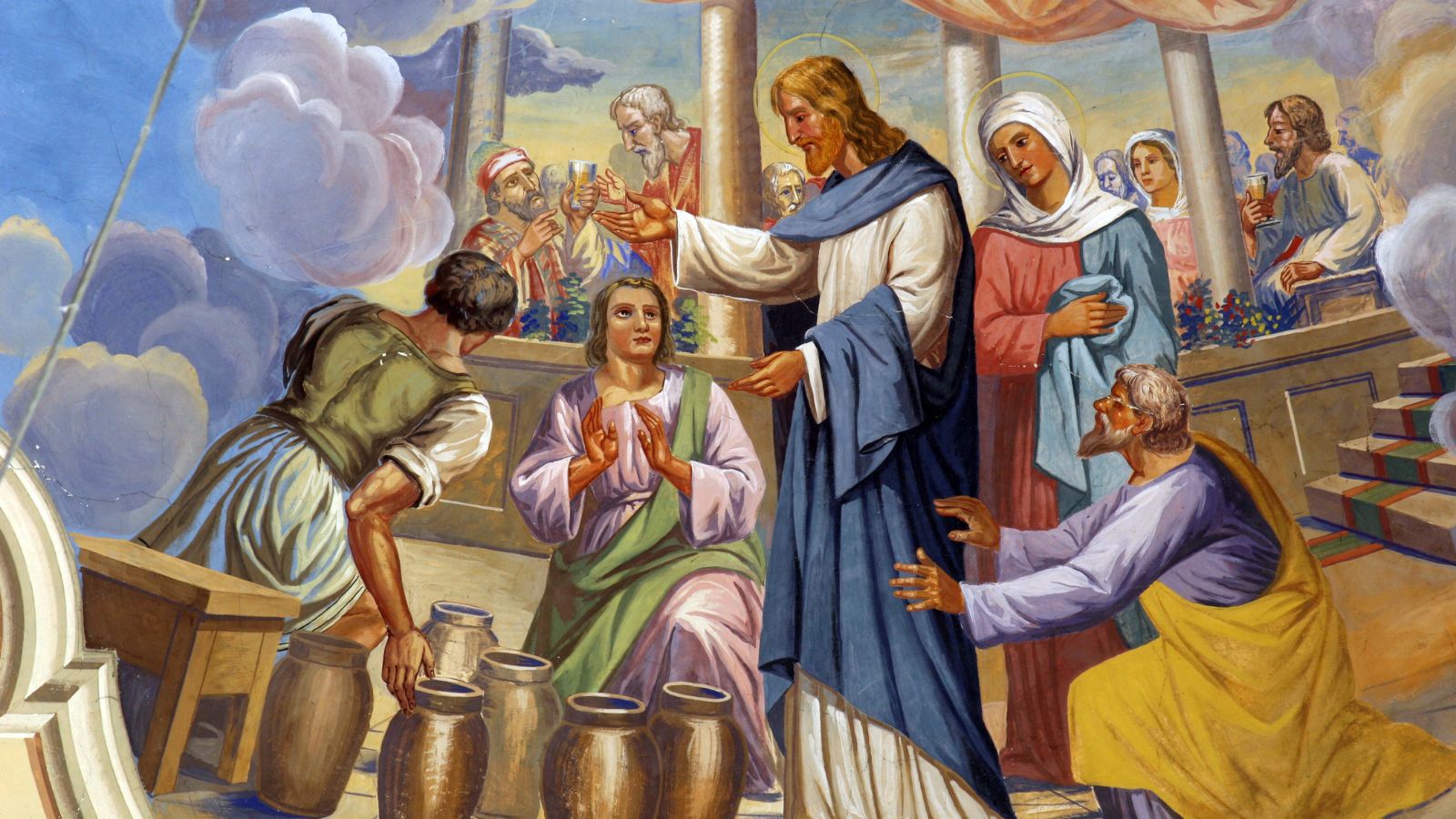
Jesus turning water into wine at the wedding at Cana in John 2:1–11 also signifies more than a miraculous provision. It symbolizes the transformative power of divine intervention in everyday life and the joy and abundance that faith in Jesus can bring to the everyday human experience.
The Parable of the Talents

The Parable of the Talents in Matthew 25:14–30 teaches about the responsible use of gifts and resources. It’s a story that emphasizes the importance of stewardship and the potential for growth when talents are invested wisely, and it encourages us to have proactive and faithful engagement with our abilities.
Road to Emmaus
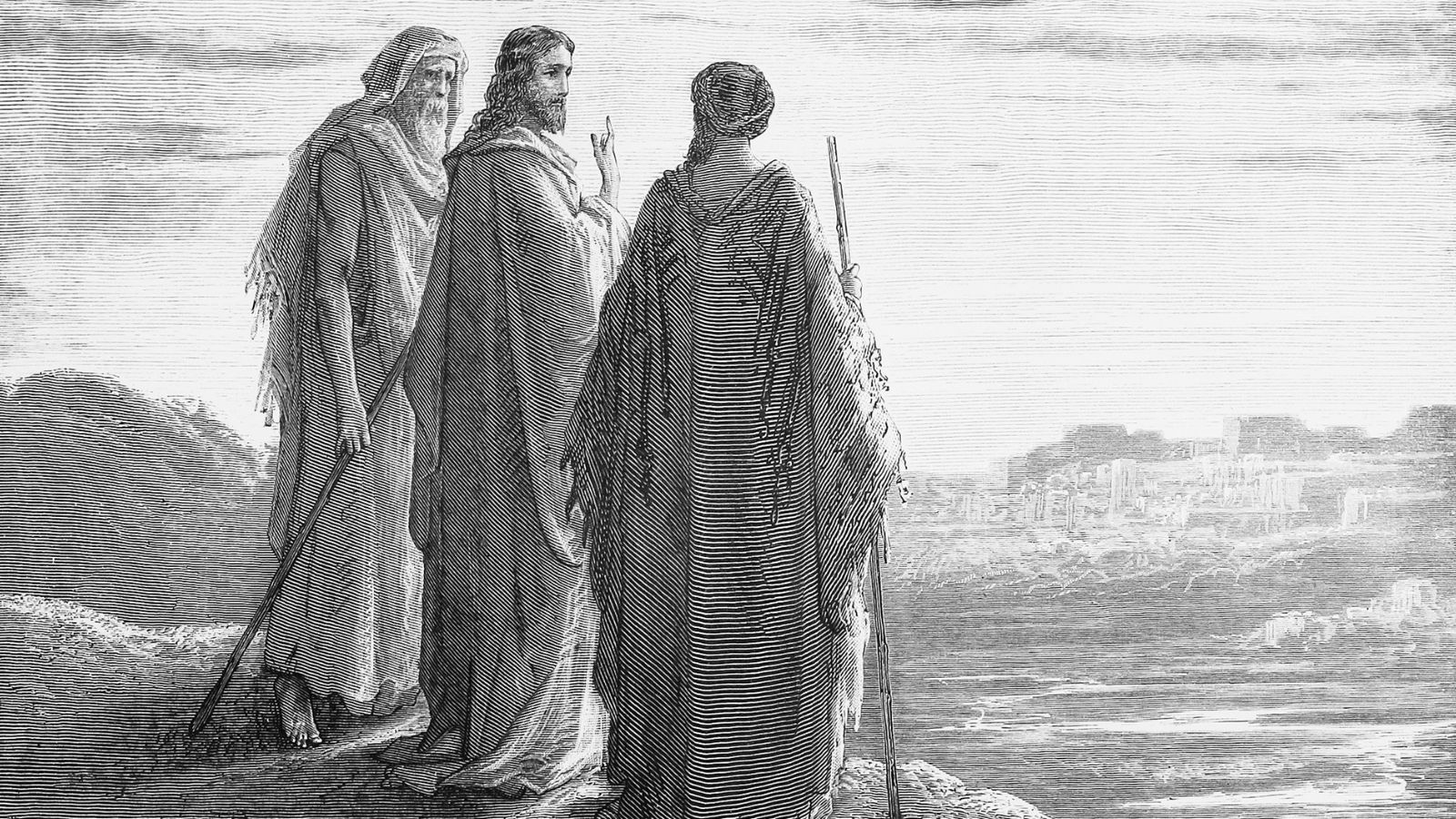
The story of the disciples meeting Jesus on the road to Emmaus, contained in Luke 24:13–35 and shared by Christianity.com, highlights additional themes of recognition and revelation. It shows how understanding and faith can emerge through reflection and conversation, revealing deeper truths when least expected.
Feeding of the 5,000
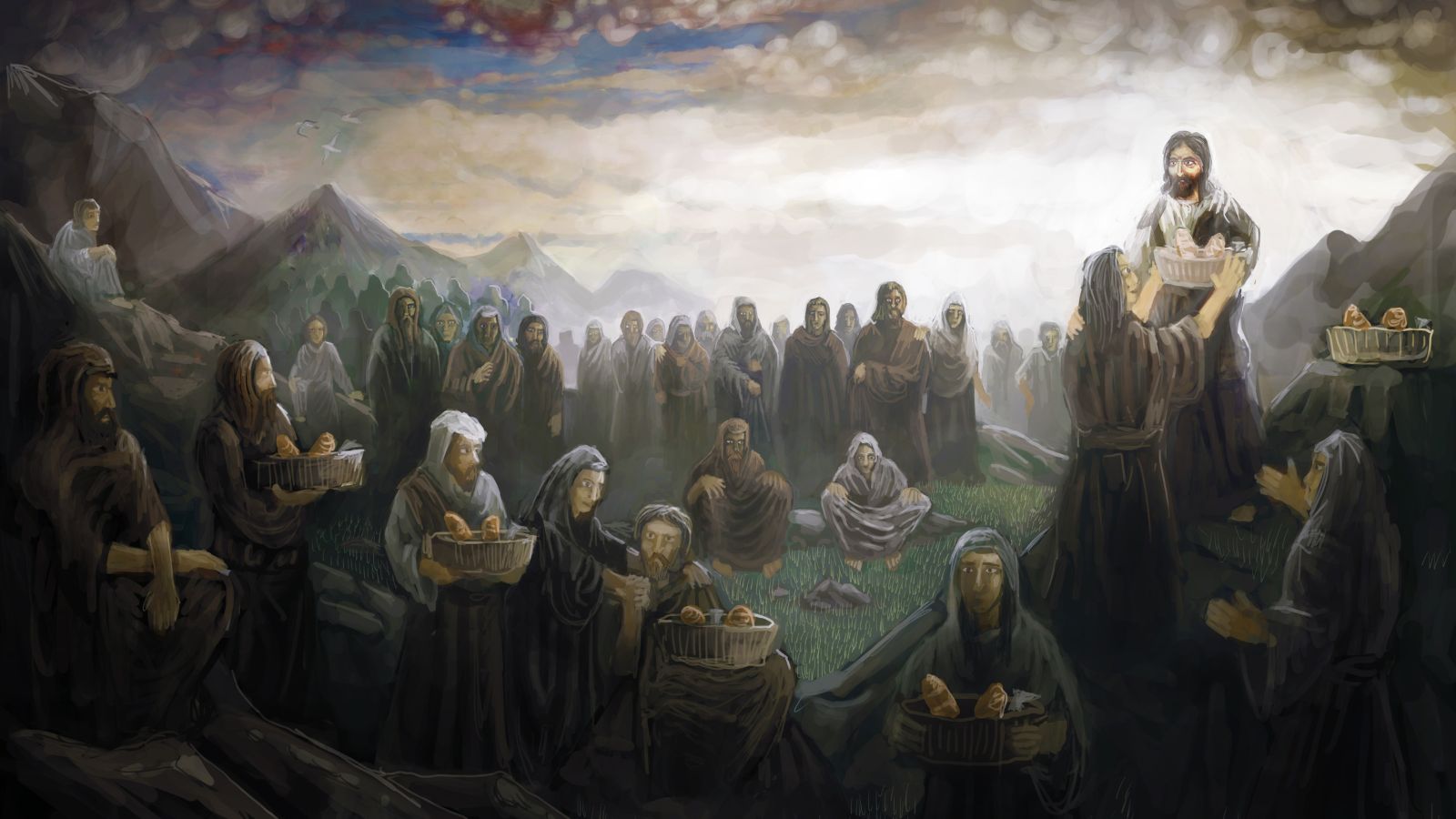
The miracle of feeding 5,000 people with five loaves and two fish in Matthew 14:13–21 shares additional themes of provision and abundance. It shows the sufficiency of divine resources to meet human needs and the importance of sharing and generosity in community life.
The Sermon on the Mount
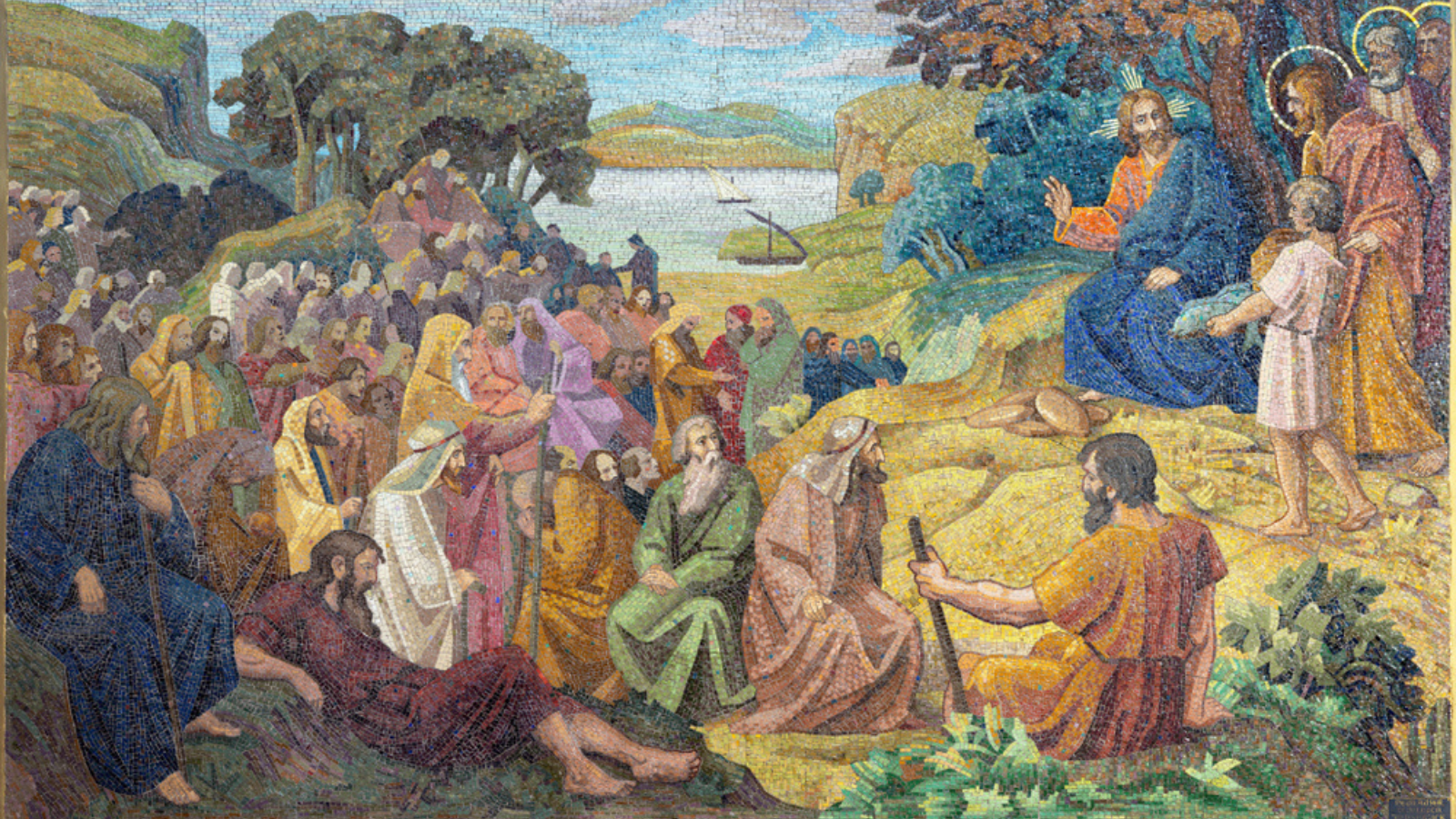
Narrated in Matthew 5:1–12, the Sermon on the Mount, being a collection of teachings, also encapsulates the essence and comprehensiveness of Jesus’s message about the kingdom of heaven. It provides a blueprint for righteous living, emphasizing values like humility, mercy, and purity of heart as keys to spiritual fulfillment.
Christ’s Temptation
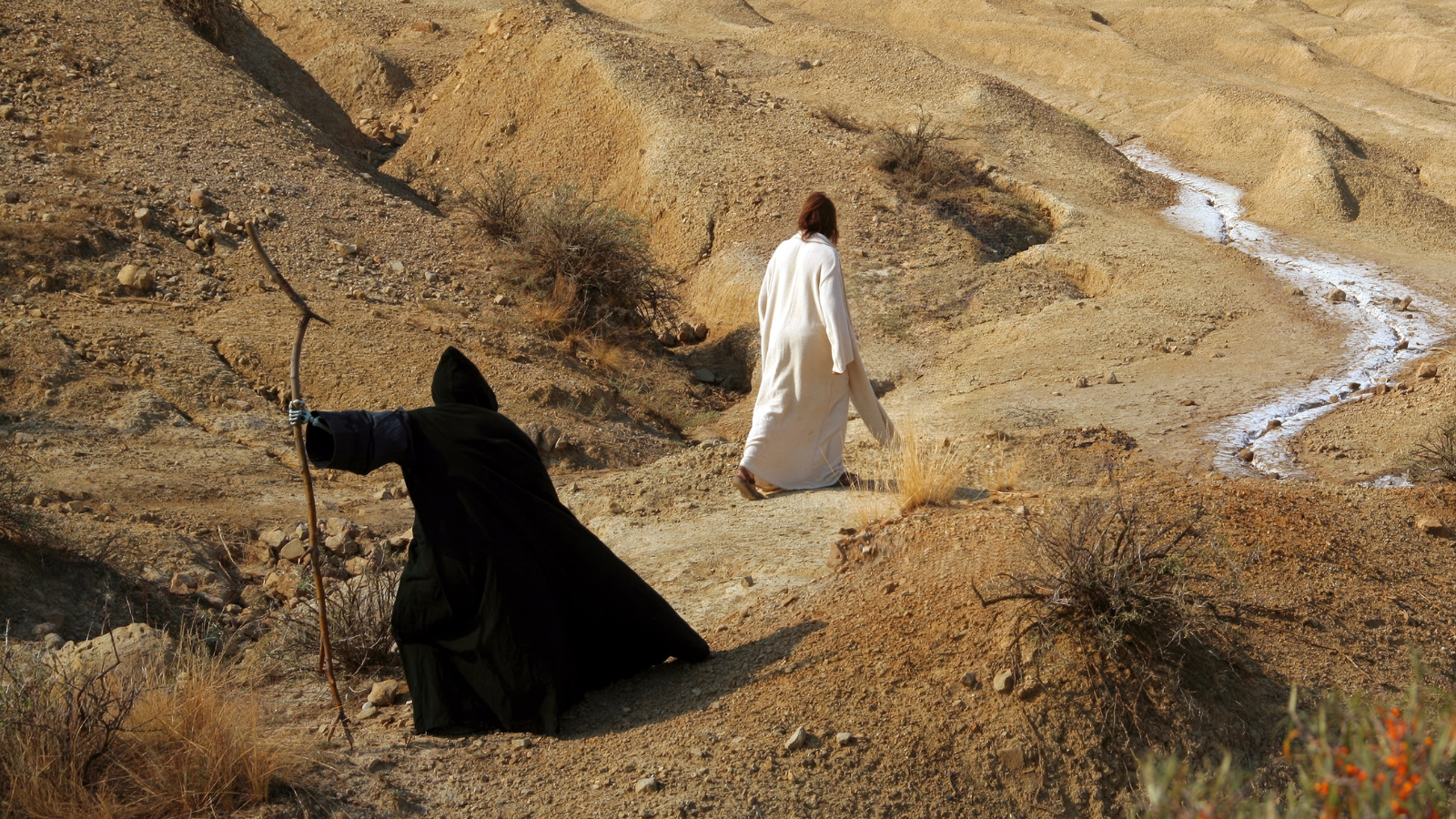
Jesus’s temptation in the wilderness in Matthew 4:1–11 symbolizes more than a test of resolve, as it also represents the struggle between spiritual purpose and worldly distractions. The encounter teaches about the importance of spiritual integrity and the strength to resist temptations that divert one from their divine mission.
Up Next: 18 Reasons Why Men Get Grumpier As They Age

You might read this and be able to relate, or you may feel you’ve become grumpier the older you’ve gotten. Or maybe you know of a male friend or relative who has. Here are 18 reasons why men get grumpier as they age.
18 Reasons Why Men Get Grumpier As They Age
17 Products Millennials Refuse to Buy and It’s Affecting the Economy

Millennials have been the center of so much media attention due to their spending habits. Their unique ways of spending have built up and crushed many traditional industries. In this article, we look at 17 things millennials stopped buying and how that has impacted society.
17 Products Millennials Refuse to Buy and It’s Affecting the Economy
Where Even Truck Drivers Won’t Stop

Truck drivers tend to be hardy souls—well-seasoned travelers who aren’t often afraid to rest up or refuel in risky locations. However, there are certain U.S. locations that even the most road-weary trucker refuses to stop at for fear of criminal activity or natural dangers. Here are 17 such locations that even experienced truck drivers approach with trepidation (or not at all).

